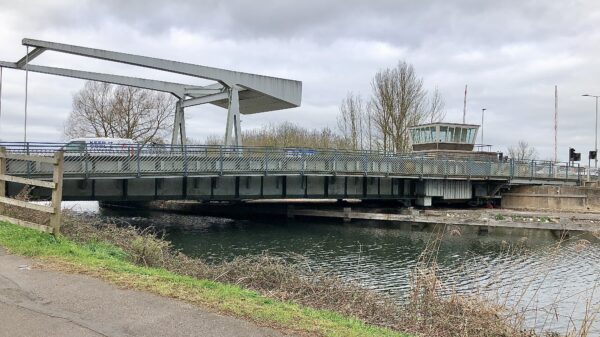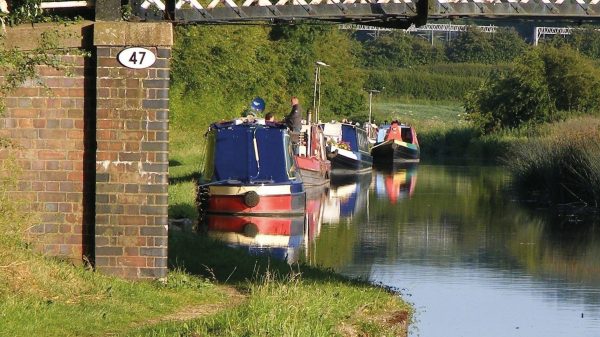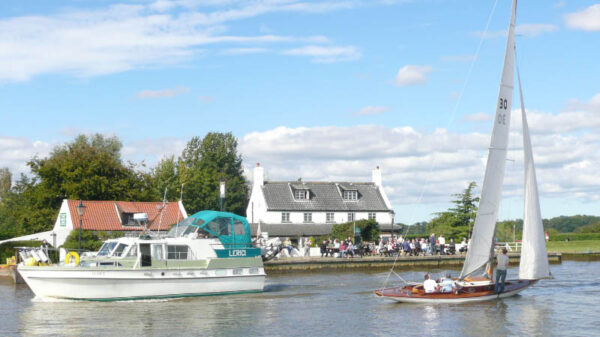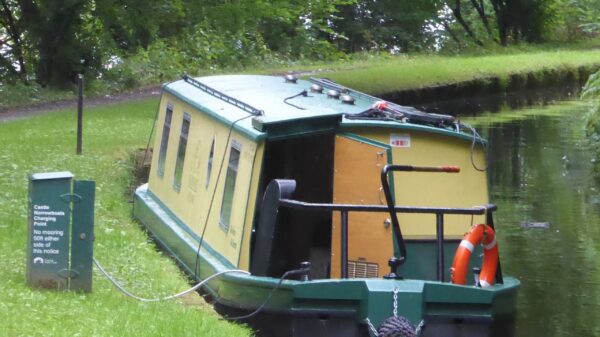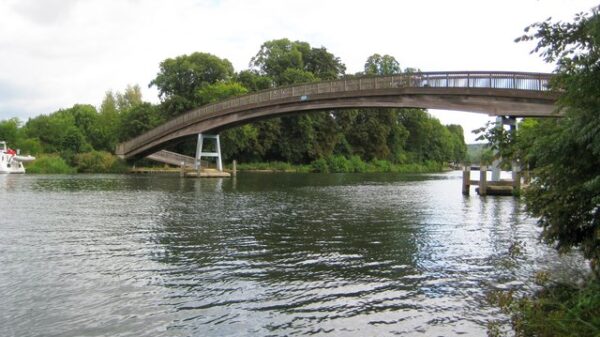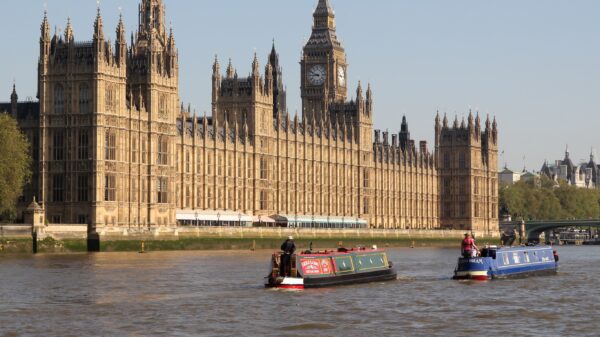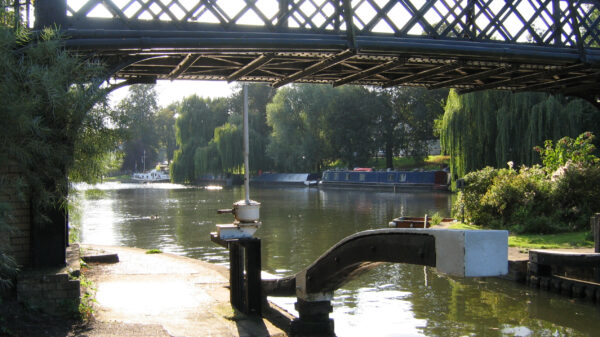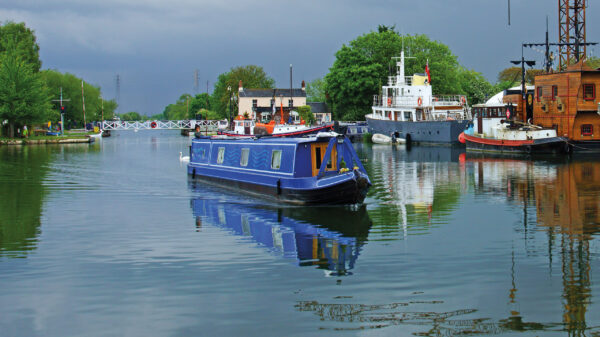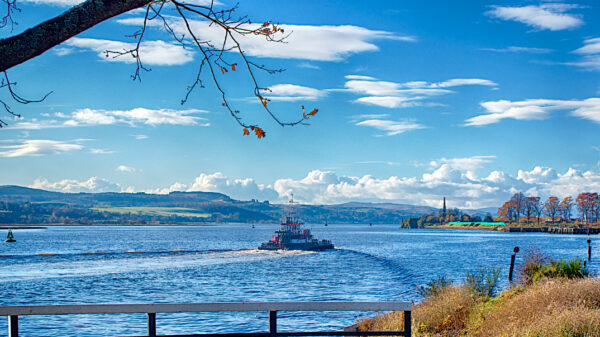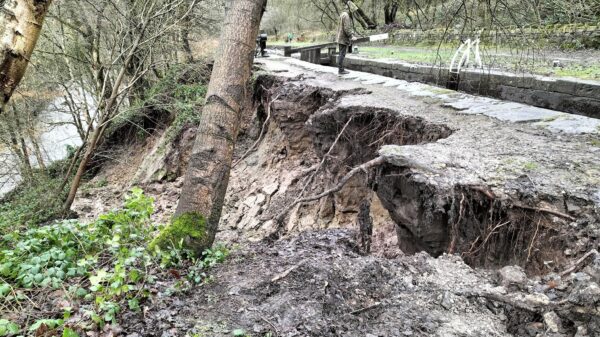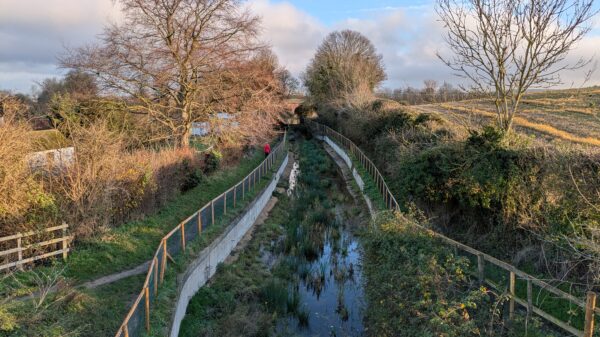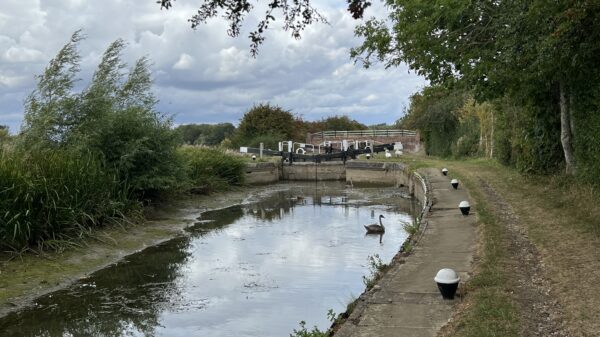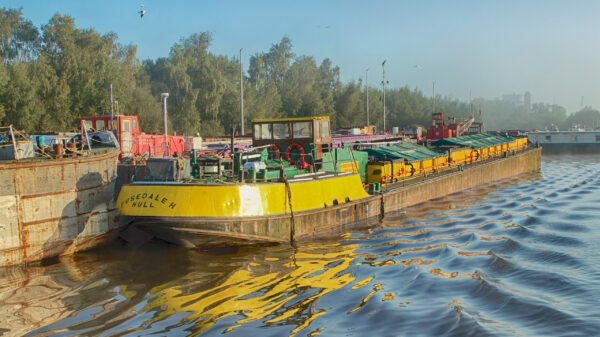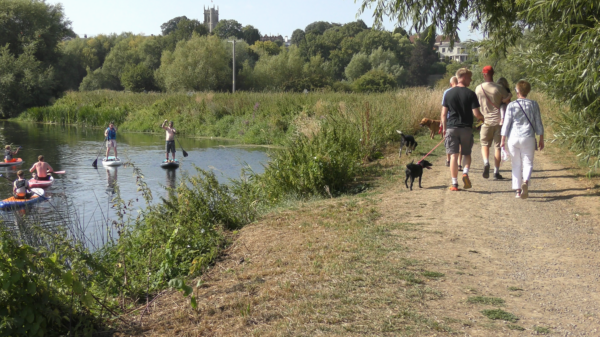Winterising your boat is particularly important if you plan to leave it moored up for the duration. But even if you’re using your boat in winter, it’s worth giving your boat an annual once-over.
Maintaining your boat externally and internally will keep your boat looking at its best, extend the life of its engine and other parts, and minimise any damage that could occur over the winter.
Have a checklist
It is a good idea to create a checklist before you start to ensure nothing is missed. With different boat sizes and types, come different systems to check. If your boat has a service manual, reading through it will help with tasks such as replacing fluids and parts properly. Information on winterising your boat should be provided in the section either called ‘lay up’, ‘cold weather’ or ‘extended storage’. Things to add to your checklist might include:
- Gather all tools and new parts, fluids to use to winterise your boat.
- Take out kitchenware, linen, blankets to wash and remove any food (if not using your boat over the winter.)
- Clean the inside of your boat
- Change the engine oil and replace oil filters
- Drain the coolant system and fill half water and the other half with antifreeze.
- Disconnect and clean the batteries
- Flush out the toilet with water and pump out the holding tank
- Drain and leave the freshwater tank empty (if not using your boat over the winter.)
- Drain and put antifreeze in radiators and sealed heating systems
- Allow air to circulate inside the boat.
Winterising your boat Tools & parts
Gather together all the new parts that may need replacing for example impellers, oil filters, and air filters etc. Make sure you have all the fluids that need replacing such as oil, anti-freeze and corrosion inhibitor.
Cleaning Inside the Boat
If you are not using your boat over the winter season, take out any kitchenware to wash, empty the icebox and wash linens or blankets so that when you return to your boat in the spring there won’t be any nasty smells or moulds. Remember to remove any food or anything else that may attract rodents.
When everything has been cleared, clean the inside of the boat from the floor to the cupboards and even down in the bilge.
Cleaning Outside the Boat
Give your boat a good clean on the outside; getting rid of any vegetation and mould. Afterwards inspect your boat’s exterior checking for any damage or leaks. If anything is found get this checked by an expert.
Winterising Your Engine
This task will take the longest and will be messy. If you have been using your boat during the summer it is likely there will be a build up of by-products, water and acid which can lead to corrosion. Changing the oil is therefore important to decrease the chance of loss of power, poor fuel economy or engine failure.
Change your engine oil and replace the filters and it is also a good time to drain out the cooling system with clean water and fill up the antifreeze halfway and the other half fill up with water.
Thoroughly grease the steering and control parts, working into the joints and check it all moves easily.
Batteries
Disconnect the batteries and give them a clean because they can be expensive to replace. Some boat owners take the batteries away with them to charge over the winter others choose to leave them out in the boat fully charged. Some boats may need the batteries kept in for the bilge pump to continue operating.
Plumbing
Flush out the toilet with water and then pump out the holding tank.
Before flushing your fresh water tank, pull the circuit breaker or remove the freshwater pump fuse. Some freshwater tanks come with a drain on the bottom or a filter close to the water pump allowing the tank to drain out water. You may want to add some non-toxic antifreeze directly through the water tank and plumbing. If you are leaving your boat for the winter leave the fresh water systems drained down and empty.
Antifreeze
When winterising your boat, don’t forget to drain and put antifreeze in all radiators, air conditioning pumps, sump pumps and bilge pumps.
Leaving the Boat
It’s worth checking whether there are any liquids in containers around that may burst when frozen.
Remember to open any internal doors to allow air to circulate inside you may also want to add any moisture and odour absorbers just before you close up the boat.
Check your boat regularly
If you are away from your boat during the winter don’t forget to regularly check everything is ok with your boat as this will minimise the chances of any serious damage occurring over the winter, should something go wrong.
Things to check include:
- Making sure the engine is working and if needed, charge the batteries.
- Make sure the covers haven’t moved and that the boat is watertight.
- Ensure the mooring ropes are secure and loose enough for fluctuation in water levels when the boat is left unattended.
- Remove any build up of rainwater and leaves, clear any cockpit, handrail or well-deck drains
- Check the bilge pump is working.
Top Tip
When winterising your boat for the first time, why not make a note of what tools and equipment you have used during the process to make it easier next year.

